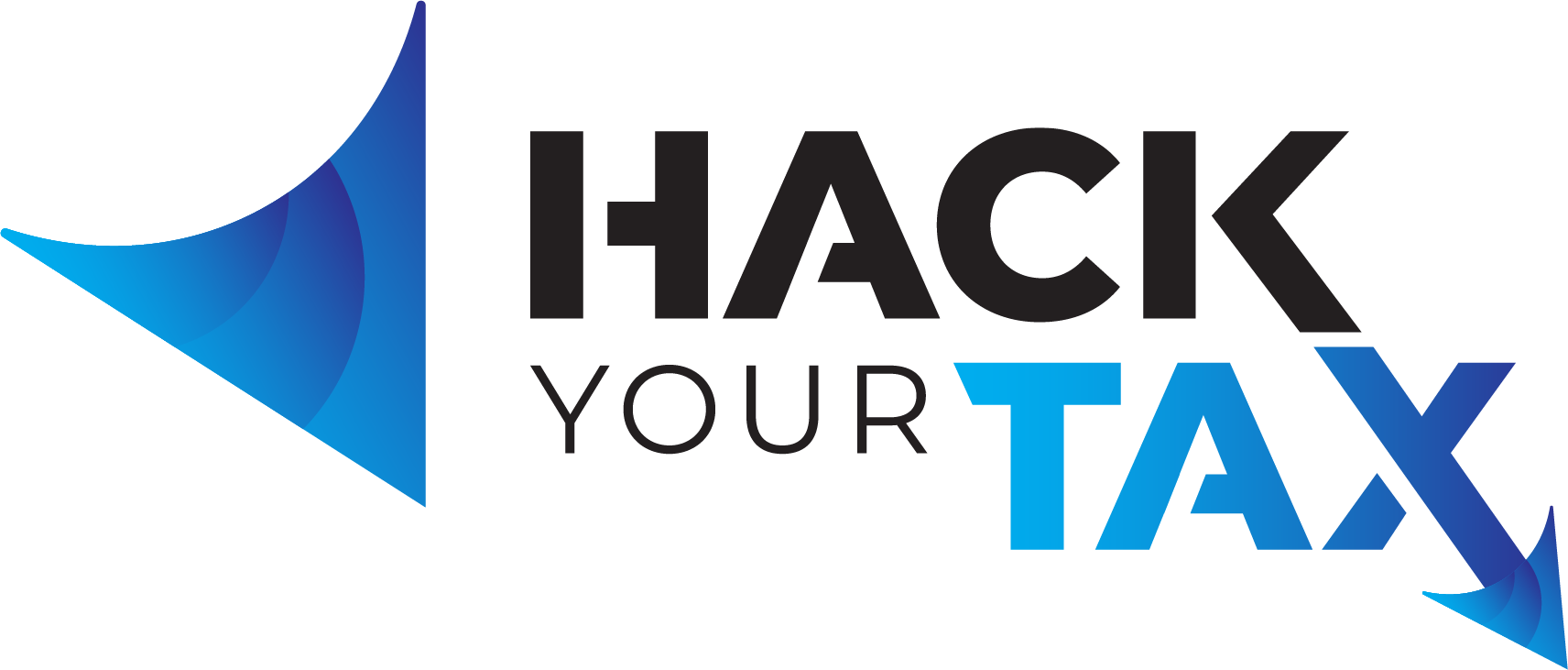529 Savings Plan Is Also A Great Gift and Estate Tax Strategy
The 529 Savings Plan, once generally referred to as the 529 college plan, has become much more than money set aside for a child’s future educational expenses. This tax-advantaged savings plan has become a gift that keeps on giving, just about any way you wrap it, to both the owner and the beneficiary.
What is a 529 savings plan?
These relatively new “qualified tuition program” plans were created by Congress in 1996 through Section 529 of the federal tax code and are regulated by both federal and state laws. A 529 savings plan is a vehicle for any U.S. citizen or resident alien 18 years old or older, usually a family member, to open a tax-favored savings plan for a child’s educational purposes. An adult can also open a 529 savings plan account for themselves. In addition, people other than the account owner can contribute to these accounts. However, only one person can own a 529 savings plan account and there can only be one beneficiary of an account. There are no income restrictions on who can own or contribute to the account.
What laws regulate a 529 savings plan?
The Tax Cuts and Jobs Act of 2017 changed numerous tax laws and as of early April 2018, there were still uncertainties about state participation in the 529 plans. Each state, including the District of Columbia, sets the laws for their interpretation and participation. It is still difficult to know which states have set up 529 plans, or what is offered in those plans. The information below could change at any time, with some state plans in the process of change:
- Over 30 states, including the District of Columbia, offer full or partial state tax deductions, credits or incentives for contributions made to a 529 savings plan.
- Of these states, 7 offer taxpayers a deduction for contributions to any state’s 529 plan. These states are Arizona, Arkansas, Kansas, Minnesota, Missouri, Montana and Pennsylvania.
- Seven states which have a state income tax do not offer a deduction for contributions. These states are California, Delaware, Hawaii, Kentucky, Maine, New Jersey, and North Carolina.
What can you expect when funding a 529 savings plan?
The American Recovery and Reinvestment Act of 2009 provided for the first major changes when computer technology, equipment, internet access and related services were added to the list of college expenses. The Tax Cuts and Jobs Act of 2017 brought about other major changes:
- Federal tax law doesn’t specify a dollar amount an individual can contribute to a 529 account, but there are things to consider:
- Your contributions are considered as gifts for tax purposes and will be combined with other qualified gifts for your new annual gift exclusion of $15,000 to an individual.
- More than $15,000? Excess must be reported when you file your taxes in 2019.
- It’s true that you can contribute as much as $75,000, but not less than $15,000 to a 529 plan without incurring gift taxes if you spread it over a five-year period.
- This 5-year election is an excellent estate-tax planning strategy which is used by some grandparents.
- However, this strategy (which allows the grandparents to retain control of the funds) is not one that to be done rashly. A change of mind could be costly.
- Any contributions above $15,000 in one year or $75,000 over five years doesn’t necessarily mean you’ll have to pay gift tax. The new lifetime exclusion is $11.2 million per individual in 2018. Any amounts exceeding that exclusion could trigger gift taxes of 40%.
- As previously stated, over 30 states, including the District of Columbia, offer a state tax credit or deduction. The state tax law is determined by the state where you live, not the state in which your 529 savings plan is based.
- There are no annual contribution limits for 529 plans. There are maximum aggregate limits determined by plan. Federal law caps 529 plan balances to not more than expected cost of the beneficiary’s qualified higher education expenses. State limits vary and maximum caps out at $520,000. Although no more funds may be added to an account reaching that level, there is no penalty if account earnings raise the balance over the cap.
- When selecting a 529 savings plan, consider how fees associated with the account relate to performance records of the plan and how that balances against any tax deductions, credits or incentives. Understand how this applies to your overall tax planning strategy.
Remember, federal tax laws provide for your 529 savings plan to be funded by contributions, to grow free of taxes, and be available for tax-free withdrawals provided the money goes toward the recently-expanded list of qualified educational expenses, in addition to expenses for higher education. However, not all states follow federal law, nor are they required to by federal law.
How does a 529 savings plan interact with the ABLE Financial Planning Act?
Provided that the beneficiary is the same individual on both accounts (or a family member of the 529 savings plan beneficiary), it is now allowable to transfer funds from a 529 account to an ABLE account. ABLE accounts are managed by states. Any changes you consider making to an ABLE or a 529 plan should be made relative to your overall tax planning and financial strategies.
When and how can a 529 savings plan distribution be made?
When and how depends upon the state in which you live and how it interprets the federal 529 tax laws. State laws, plans and how a state handles out-of-state plans can be complicated and, in the final analysis, surprisingly different than federal law. Before making a decision, be sure any change is in line with not only your overall tax planning and financial strategies but also aligns with the plans and goals of the beneficiary. Some specific spending considerations include:
Most accredited colleges and graduate schools, including professional and trade schools are included, as well as foreign schools with students who receive federal financial aid. Students do not necessarily need to be attending full time.
Private elementary and high school tuition can be used up to $10,000 per beneficiary child. Generally, at this time, funds cannot be spent on additional expenses or activities, which would not be considered as qualified withdrawals. In some instances, tuition for kindergarten and religious schools are also referenced as qualified withdrawals. Refer closely to how your state interprets and defines qualified withdrawals.
Tax deductions will be recaptured and additional monetary penalties may be imposed if 529 funds are used for unauthorized purchases. Further, if the amount of a distribution is greater than the beneficiary’s qualified higher education expenses, a portion of the earning could be taxable.
What else should be considered?
As it stands now, a 529 savings plan can provide funding for a child’s education beginning from, quite possibly, kindergarten through med school and beyond.
Not only does the 529 plan offer intriguing estate tax planning benefits for well-heeled grandparents and other relatives, it provides a platform for these concerned family members to maintain control over the funds. The benefits of combining the 529 and gifting tax benefits to help handle high-income tax strategies bring many grandparents to their CPA tax specialist.
For more mainstream families looking to provide for their baby’s future college expenses, the 529 offers them many years of sensible, consistent funding to establish an impressive savings account. 529 plans now have rollover capabilities with ABLE plans to assist beneficiaries who find themselves faced with life and health issues so they can receive the educational and survival resources they need.
Owners and beneficiaries of 529 plans should never lose sight of the overall educational expenses and requirements may have. K-12 education may not allow funds to increase enough to benefit from tax advantages. If used too soon, funds may not have been allowed to grow and provide what will be needed for higher education.
What’s the bottom line?
If you have never consulted with a CPA tax professional, and have an interest in the tax strategy and educational advantages offered through 529 plans, ABLE plans and gifting lovingly and proactively available for your family, contact me now. Tax laws have changed dramatically and will continue to do so. Stay prepared and flexible and in control.
We establish and maintain a personal and business relationship with our clients. Your LIFE is your business and your BUSINESS is your life, and we’re here for YOU.
Call us at 479-668-0082. Use my Calendy Page (it’s easy) to set an appointment or email us.
You may also be interested in:
The baby bond that and protects and secures the future
Protect our veterans who served and protected us
Handling your responsibilities as executor of the Last Will and Testament


